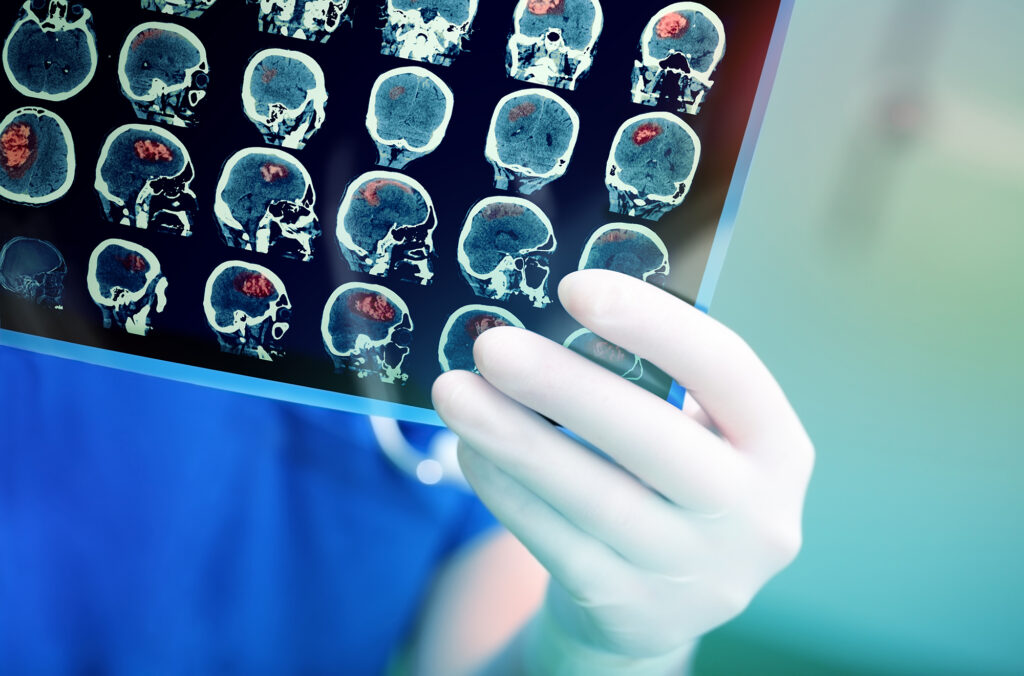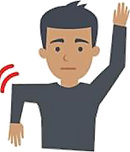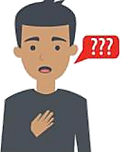
Every second counts when one has a stroke. When a vessel carrying blood to the brain becomes blocked or bursts, the brain is deprived of the essential oxygen and nutrients it needs to survive. We provide stroke care from the emergency department through stabilizing treatment and physical rehabilitation/therapy.
Rapid-response stroke care begins with specially trained EMS personnel who provide immediate transport for evaluation and treatment of stroke victims. Upon arrival at Wagoner Community Hospital, the emergency department physician and stroke-trained response team provide quick diagnosis and prompt treatment for stroke patients.
ACUTE STROKE-READY HOSPITAL STATUS AT WAGONER HEALTH INCLUDES:
• Acute stroke response team, available 24/7, that can promptly administer the clot-busting drug, TPA (Tissue Plasminogen Activator), if appropriate for patient.
• Trained stroke care staff and high-acuity clinical and technical monitoring of the stroke patient.
• Tele-neurology support available to bring neurology expertise directly into the Wagoner Health emergency room.
• Rehabilitation/therapy services providing quality, compassionate care designed to help patients recover quickly.
If you think you are having a stroke, call 9-1-1 immediately. A stroke is an emergency. Knowing the telltale signs of a stroke could save your life or the life of someone you care about. Remember to act F.A.S.T. and be aware of:

Does one side of the face droop, or is it numb?
Ask the person to smile. Is the person’s smile uneven?

Is one arm weak or numb?
Ask the person to raise both arms. Does one arm drift downward?

Is speech slurred? Is the person unable to speak or hard to understand? Ask the person to repeat a simple sentence like, “The sky is blue.” Is the sentence repeated correctly?

If someone shows any of these symptoms, even if the symptoms go away, call 9-1-1 and get the person to the hospital immediately. Check the time so you’ll know when the first symptoms appeared.
STROKE: MYTHS AND FACTS
It is a fact that stroke is becoming more common in the United States – recent stroke statistics reveal that close to 3 percent of the population has had one. But despite the frequency of stroke, there are still many misconceptions surrounding it. There is a lack of education to the public regarding stroke awareness. Many people have no understanding of what puts a person at risk for a stroke.
Most do not know that there are two kinds of stroke – ischemic and hemorrhagic. Nearly 90 percent of the strokes that take place in the United States are ischemic strokes, which occur as a result of blockage (usually a clot) in a blood vessel that supplies blood to the brain. A hemorrhagic stroke occurs when a weakened blood vessel ruptures.
WHAT IS A STROKE (OR BRAIN ATTACK)?
On average, someone suffers a stroke every 45 seconds and someone dies of a stroke every 3.1 minutes. However, most strokes are preventable and many are treatable. Time is of the essence when a stroke occurs. Once stroke occurs, the goal is to minimize potential damage.
The American Stroke Association states that a stroke or “brain attack” occurs when a blood clot blocks an artery (a blood vessel that carries blood from the heart to the body), or a blood vessel (a tube through which the blood moves through the body) breaks, interrupting blood flow to an area of the brain. When either of these things happen, brain cells begin to die and brain damage occurs.
As your healthcare partner, Wagoner Health wants to assure you that we are fully equipped to provide safe, quality care to our community. We are here for you today and for a healthier tomorrow. Our mission is to provide quality healthcare with courtesy and compassion.
